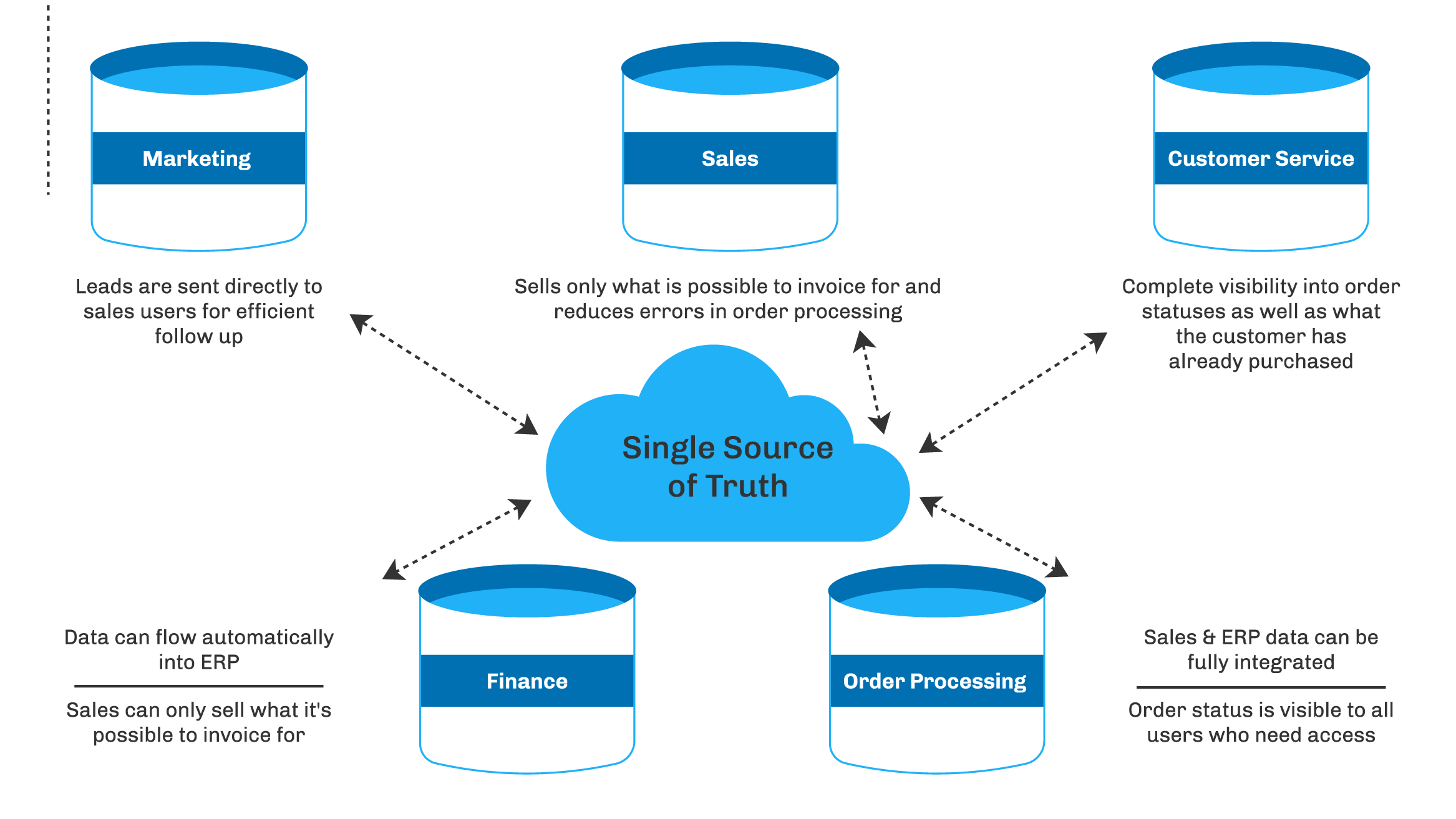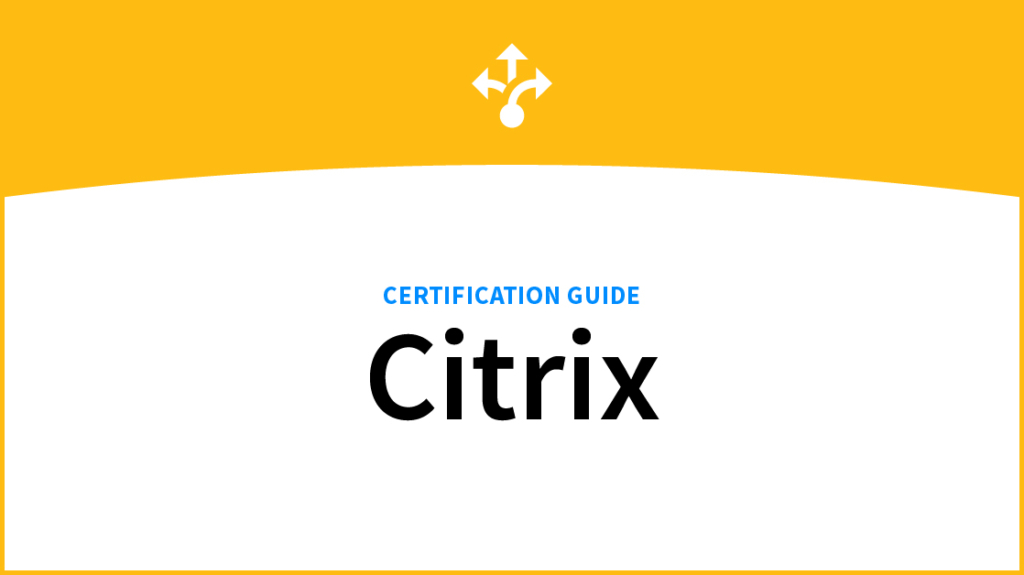 On-Page SEO Optimization – Fix Hidden Errors Killing Rankings!
On-Page SEO Optimization – Fix Hidden Errors Killing Rankings!
CompTIA A+ Core 1 Exam Breakdown: What to Expect on the 220-1101 Test
Written by Cert Study » Updated on: June 17th, 2025

The CompTIA A+ Core 1 (220-1101) examination constitutes among the two essential tests needed for obtaining the CompTIA A+ Certification which IT industry professionals highly value. The test confirms principles of hardware management alongside understanding of networking operations and mobile technology usage while covering cloud computing operations and troubleshooting protocols. This breakup helps CompTIA A+ 220-1101 candidates understand both the upcoming challenges and the proper studying strategies.


Overview of the CompTIA A+ 220-1101 Exam
The Core 1 version of the CompTIA A+ exam evaluates candidate proficiency in handling different IT tasks as well as troubleshooting them. The assessment contains 90 performance-based and multiple-choice questions which test takers must answer in 90 minutes. Achieving a passing score requires earning 675 points from a possible score of 900.
Exam Domains and Weightage
CompTIA divides the 220-1101 exam into five main domains, each covering specific IT concepts and skills. Below is the breakdown of these domains:
Mobile Devices (15%)
- Understanding different mobile device types such as smartphones, tablets, and laptops.
- Installing and configuring laptop components like batteries, RAM, and storage.
- Mobile device connectivity, including Wi-Fi, Bluetooth, and NFC settings.
- Troubleshooting issues related to mobile hardware and software.
Networking (20%)
- Basics of network configurations, including IPv4, IPv6, and common networking protocols (TCP/IP, UDP, DNS, DHCP, etc.).
- Configuring routers, switches, and other networking equipment.
- Understanding wired vs. wireless networking concepts, including Wi-Fi standards (802.11a/b/g/n/ac/ax) and encryption methods.
- Identifying and troubleshooting connectivity issues.
Hardware (25%)
- Identifying different PC components, including motherboards, CPUs, RAM, and power supplies.
- Understanding storage devices, including SSDs, HDDs, and NVMe drives.
- Peripheral devices such as printers, scanners, and input devices.
- Troubleshooting hardware failures and performance issues.
Virtualization and Cloud Computing (11%)
- Understanding cloud computing concepts, including IaaS, PaaS, and SaaS.
- Configuring client-side virtualization using software like VMware and VirtualBox.
- Understanding common cloud services like Google Drive, OneDrive, and AWS.
- Setting up and troubleshooting virtual machines (VMs).
Hardware and Network Troubleshooting (29%)
- Diagnosing common PC and network issues.
- Troubleshooting slow internet connections, hardware malfunctions, and wireless connectivity problems.
- Using diagnostic tools like ping, tracert, and ipconfig.
- Recognizing best practices for troubleshooting IT problems.
Key Topics to Focus On
1. Understanding Mobile Device Components
Given the rise of mobile technology, understanding how to install, configure, and troubleshoot mobile devices is crucial. Pay close attention to:
- Different types of display technologies (LCD, OLED, etc.).
- Battery types and maintenance.
- Synchronization methods for data transfer between mobile devices and PCs.
2. Networking Fundamentals
Networking is a vital part of IT, and the exam covers various aspects, including:
- Differences between routers, switches, access points, and modems.
- Identifying network cables and connectors such as Ethernet, fiber optics, and coaxial.
- Configuring basic network settings like IP addresses and subnet masks.
3. PC Hardware Knowledge
Be familiar with:
- Different types of RAM (DDR3, DDR4, DDR5) and their compatibility.
- Motherboard form factors (ATX, MicroATX, Mini-ITX).
- Cooling solutions, including liquid cooling and air cooling.
4. Cloud Computing Concepts
Understanding cloud-based services and virtualization can give you an edge in modern IT environments. Study topics such as:
- Different cloud service models (Public, Private, Hybrid).
- Virtual machine setup and common VM software.
- Security concerns related to cloud computing.
5. Troubleshooting Techniques
Since troubleshooting accounts for 29% of the exam, make sure to:
- Learn the six-step troubleshooting process: Identify, Establish a theory, Test, Establish a plan, Implement, and Verify.
- Use diagnostic tools effectively, such as task manager, event viewer, and network analyzers.
- Recognize common hardware failures like overheating, power supply issues, and corrupted storage devices.
Study Tips for the CompTIA A+ 220-1101 Exam
1. Use Official CompTIA Study Materials
CompTIA provides study guides and practice tests that closely resemble the actual exam format. Their CertMaster Learn and CertMaster Practice are excellent resources.
2. Get Hands-On Experience
Practical experience is key. Try assembling and disassembling a PC, configuring a home network, or working with virtual machines to reinforce concepts.
3. Take Practice Tests
Mock exams help identify weak areas and improve time management. Sites like ExamCompass and Professor Messer offer free practice questions.
4. Join Online Communities
Participating in forums like Reddit’s r/CompTIA, TechExams, and CompTIA’s Discord can provide valuable insights and study tips from others preparing for the exam.
5. Use Flashcards for Quick Revision
Flashcards are an effective way to memorize networking terms, hardware specifications, and troubleshooting steps. Apps like Quizlet offer pre-made flashcards.
6. Schedule Your Exam Strategically
Plan your exam date to allow enough time for preparation. Ensure you take at least a week for revision before the test.
Conclusion
The CompTIA A+ 220-1101 exam creates the basis for building a prosperous IT career path. The examination teaches IT professionals essential topics about mobile devices with additional sections on networking devices and hardware and cloud computing methods and troubleshooting protocols. Three essential tools together will help students confidently succeed in the CompTIA A+ Certification examination.
Through your dedication to preparation as well as actual hands-on experience you can reach success in the CompTIA A+ Core 1 exam thereby creating a successful path to an IT career.
Note: IndiBlogHub features both user-submitted and editorial content. We do not verify third-party contributions. Read our Disclaimer and Privacy Policyfor details.
Copyright © 2019-2025 IndiBlogHub.com. All rights reserved. Hosted on DigitalOcean for fast, reliable performance.

















